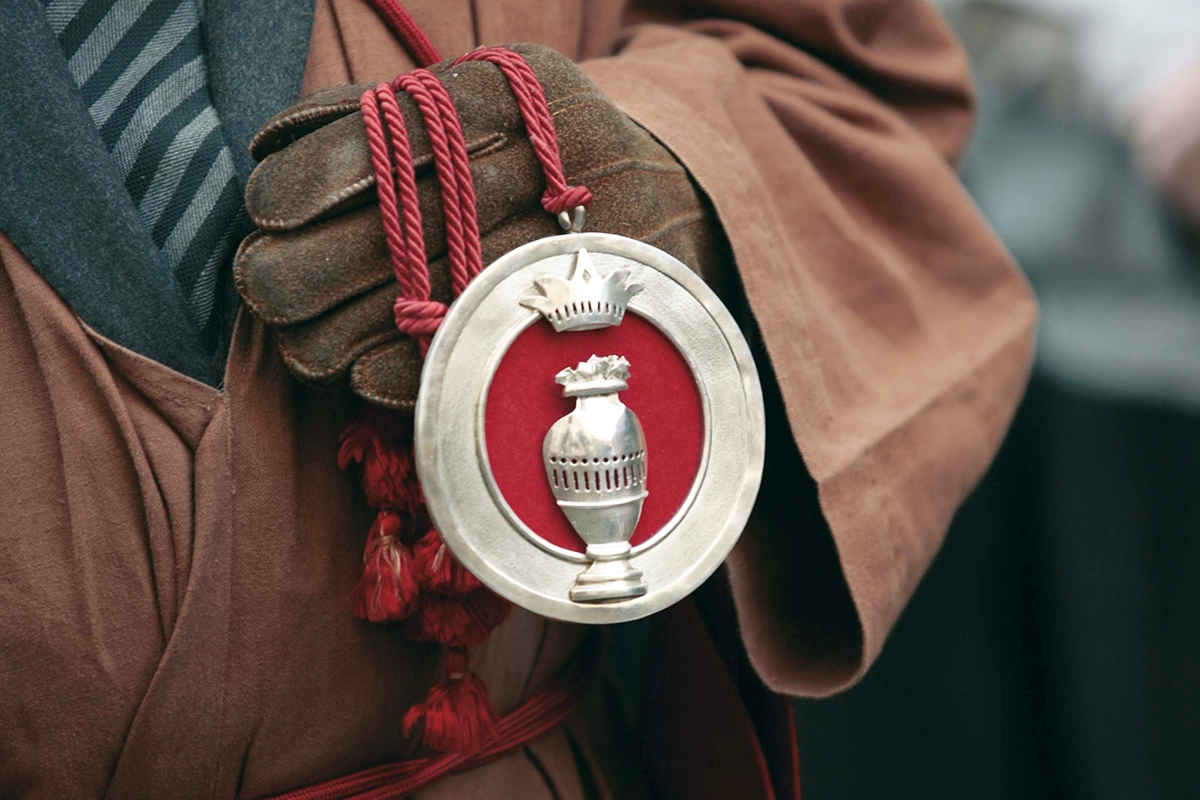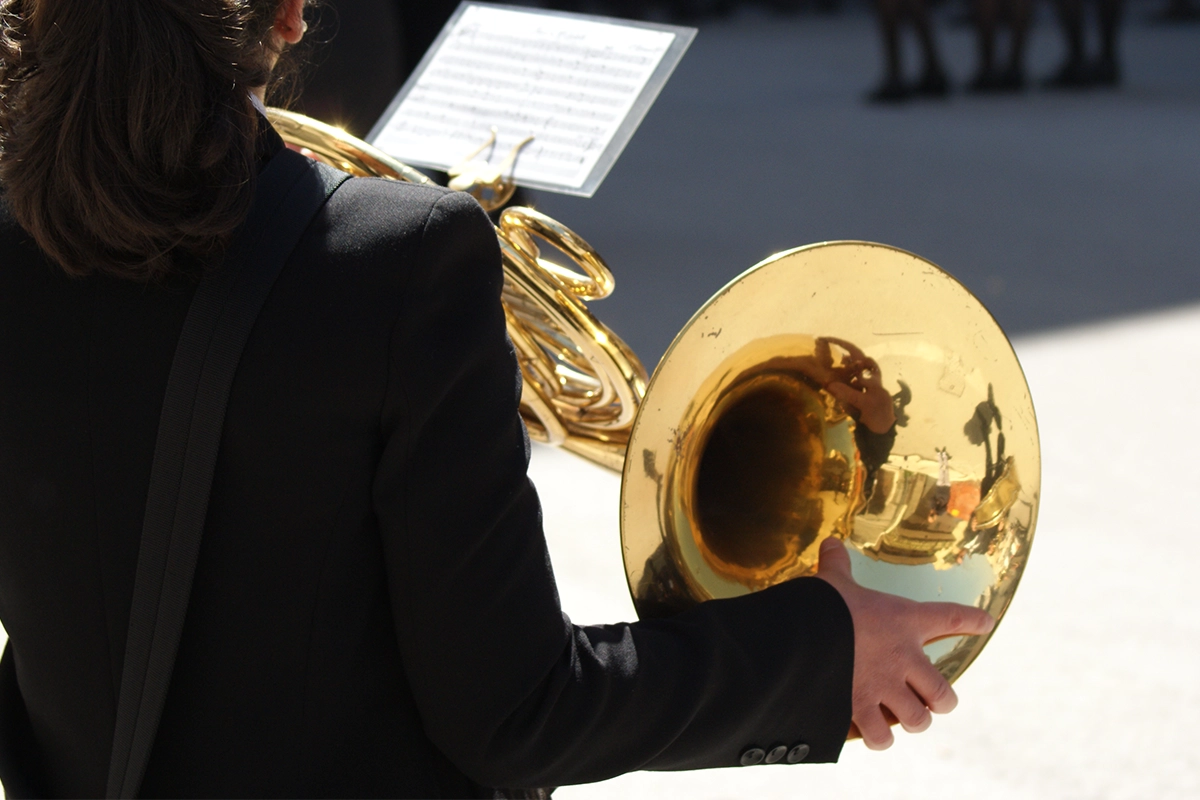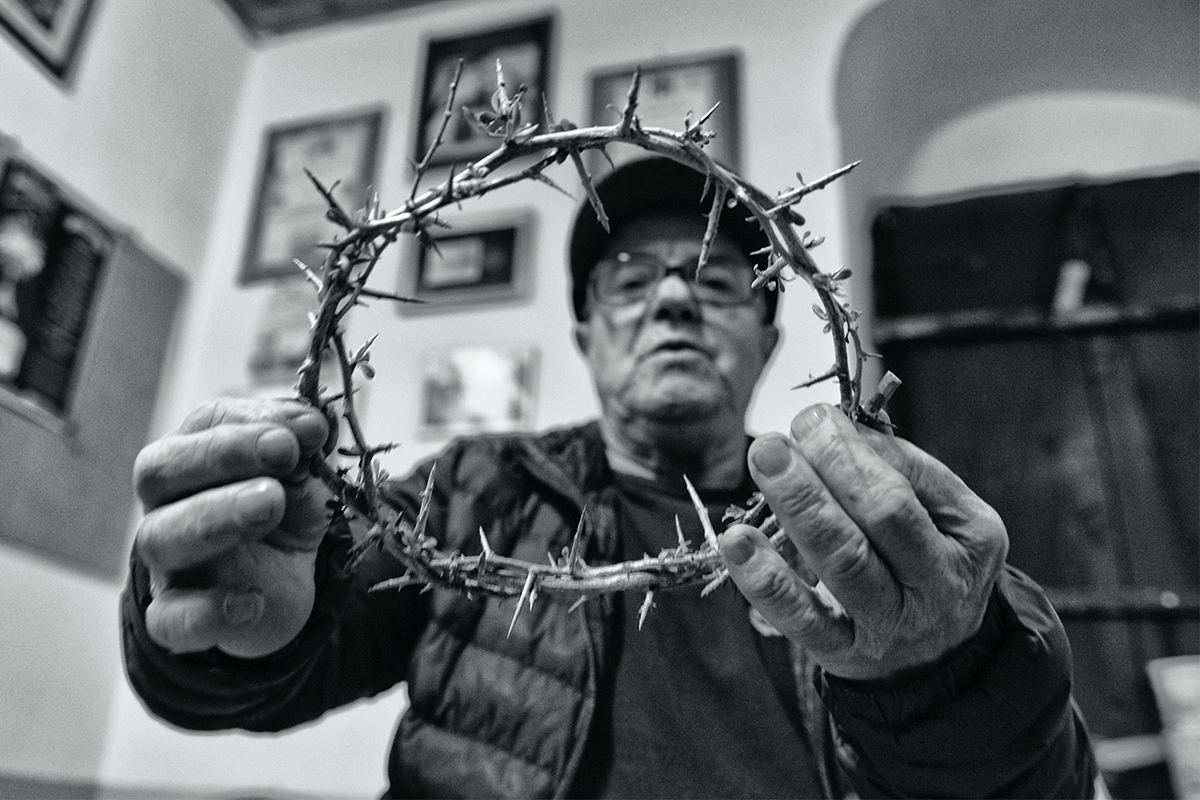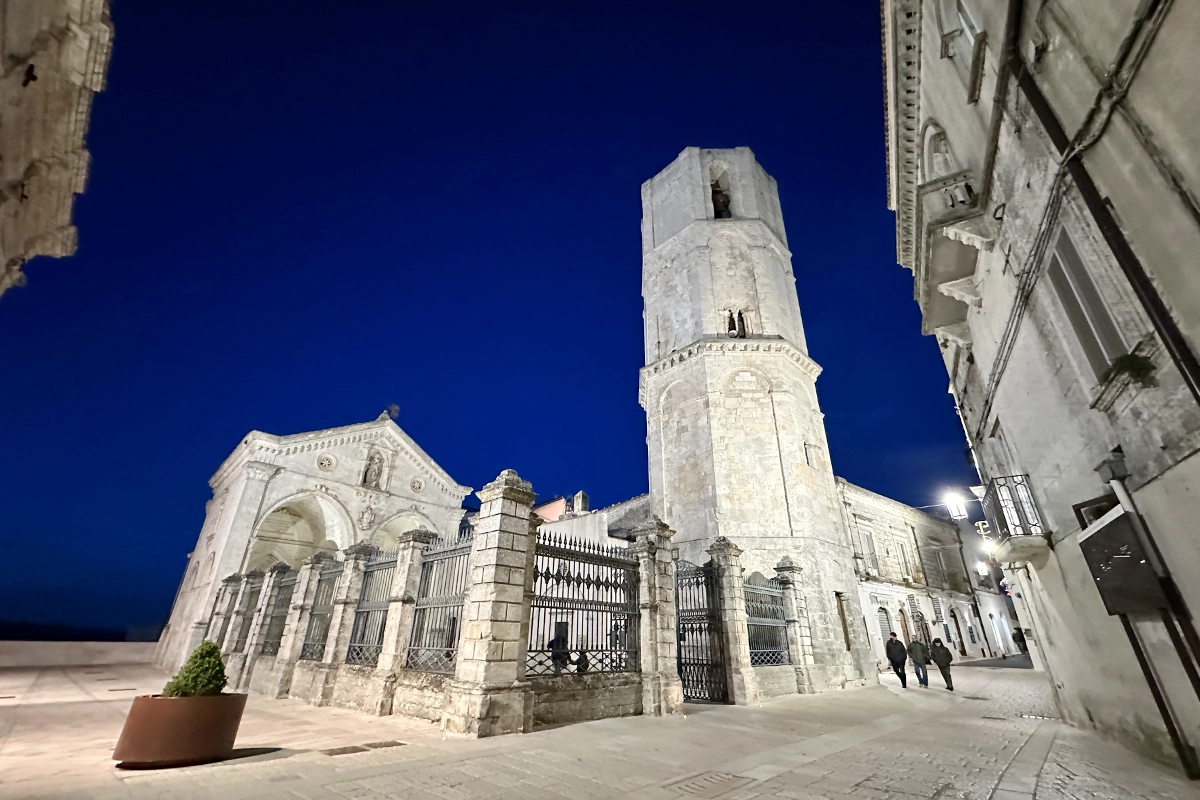Editorial Content
The Symbols
20 Gennaio 2025

Brotherhoods: guardians of tradition
Holy Week is one of the most heartfelt celebrations of the liturgical year in all the towns of Apulia, from the smallest to the largest. Certainly the climax of the religious celebrations, as far as external events are concerned, is on Good Friday, usually with the procession of the Mysteries, but also the Friday before Palm Sunday, what used to be called the Friday of Passion or of Sorrows, sees almost every locality holding a procession of Our Lady of Sorrows or of the Desolate.
In Apulia, Holy Week is marked by the very active presence of lay confraternities, both in terms of participation in the rites and their organisation. The Apulian confraternal movement is truly impressive; the data of the Confederation of the Confraternities of the Dioceses of Italy, with reference to the year 2012, report the presence of two hundred and fifty thousand brethren for a total of nine hundred and eleven sodalities.
Among these are very numerous Confraternities, some of which even number a thousand or more members, such as the Arciconfraternita del Carmine and the Confraternita dell'Addolorata in Taranto or the Arciconfraternita della Morte in Molfetta, in the province of Bari. Almost always, the most numerous Confraternities are those linked to Holy Week and it can be said that in some cities there is no family without a confraternity; from this we can well understand how deeply rooted the traditions of this particular time of year are in the Apulian people. The confraternities that organise the rites of Holy Week are, by the way, also the oldest.
Some were founded as far back as the mid-13th century, long before the Counter-Reformation that followed the Council of Trent, held between 1545 and 1563, which had a moralising effect on the rites of Holy Week by banning 'sacred representations', manifestations of popular devotion consisting in the recitation, in the form of moving theatrical pictures, of evangelical texts, first and foremost those of the Passion of Jesus.
These acting 'performances', which usually took place in churchyards, were also called 'Mysteries'. The 'sacred representations' were then replaced by processions organised by the Confraternities in which the 'Mysteries' were no longer people in the role of actors, but statues depicting Jesus Christ, Our Lady of Sorrows and the various characters of the Passion. This happened above all in southern Italy and the protagonism of the Apulian Confraternities during Holy Week is its continuation today. Many confraternal associations have specificities and characteristics derived from their name or title.
It is evident how the Confraternities under the title of Death, for example, are organisers of processions in the days leading up to Easter (Cerignola, Molfetta, Oria, San Nicandro Garganico, San Severo), as are those of the Suffrage (Bitonto, Ruvo di Puglia) or how the processions of the Mysteries in the province of Taranto are led by the Confraternities of the Madonna del Carmine. Confraternities dedicated to Our Lady of Sorrows are also widespread (Andria, Bisceglie, Carbonara di Bari, Cerignola, Taranto, Trani, Valenzano).
There are certain objects that also geographically distinguish the Confraternities: one for all is the 'troccola', typical of the sodalities in the province of Taranto and little used, for example, in the province of Bari. Those who think, however, that the Confraternities exist only to perpetuate popular traditions, albeit aesthetically pleasing but devoid of Christian significance in the broader sense, are mistaken; they are not made up of lay people engaged only in liturgical activities or in defending local cultic traditions.
Some Confraternities provide in their Rules for charitable works such as the one that the Archconfraternity of St. Stephen carries out in Molfetta through the 'Bontà di S. Stefano' organisation, which provides assistance to the needy. Others, on the other hand, in addition to charitable works, also carry out philanthropic and human promotion activities, such as the Confraternity of Our Lady of Taranto with the 'Cuore di Donna' (Woman's Heart) award, assigned annually to a Taranto woman particularly distinguished for her self-sacrifice towards her neighbour and now in its 18th year.
by Francesco Stanzione


 it
it en
en fr
fr es
es de
de pt
pt








